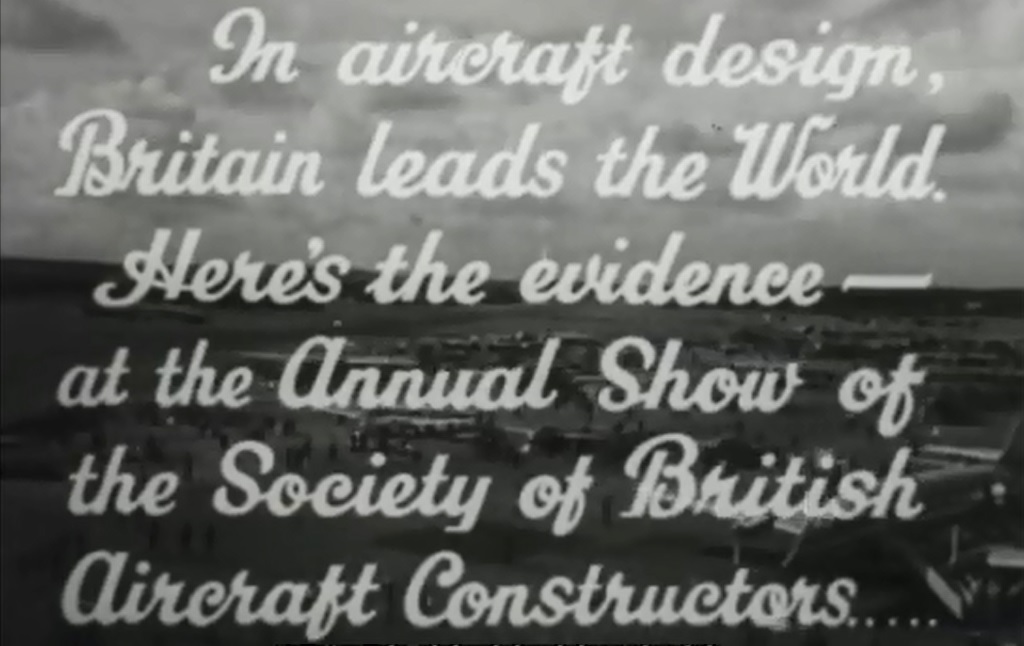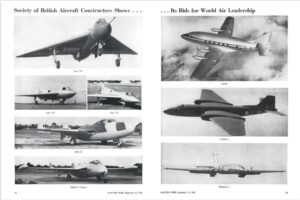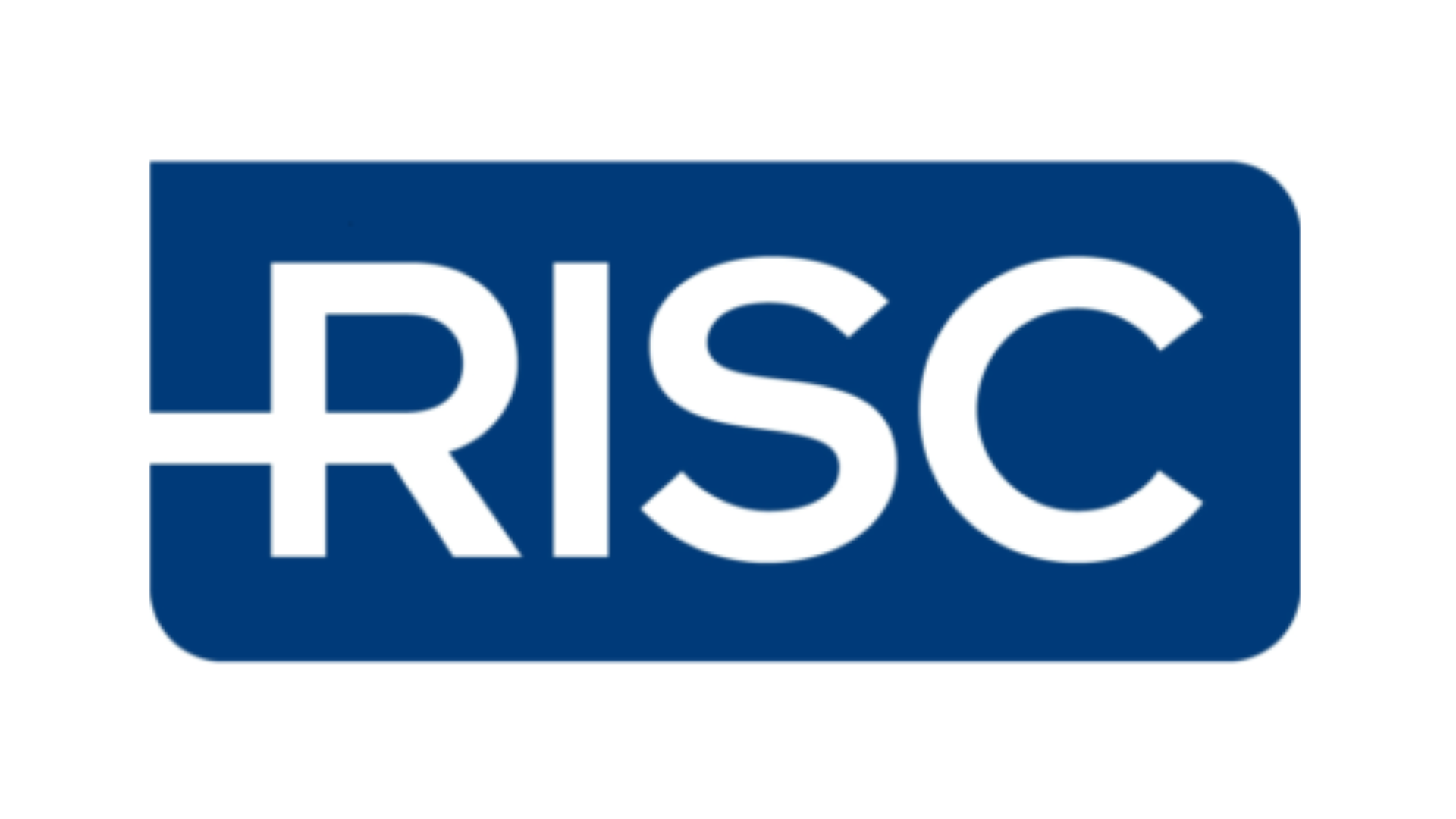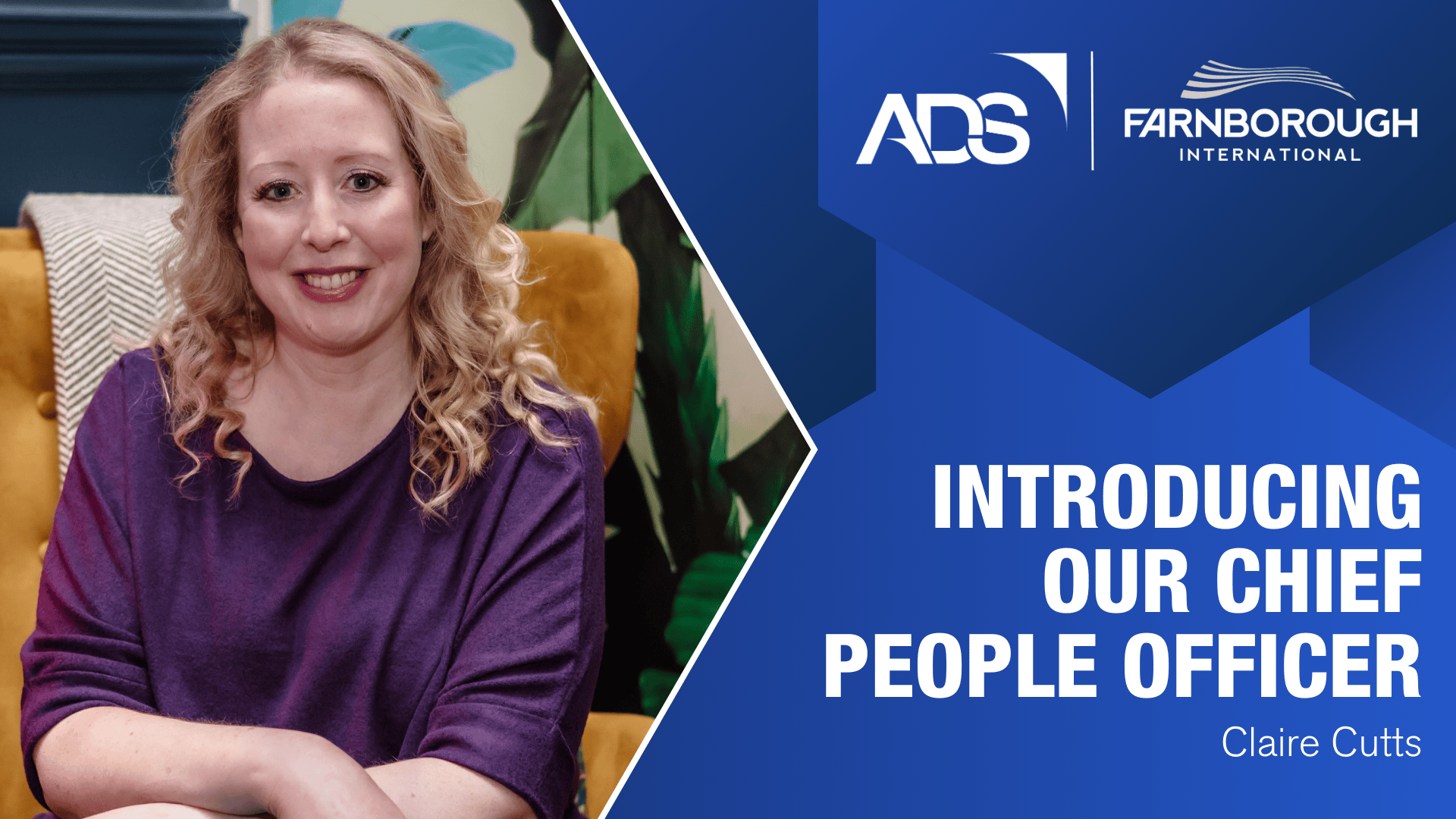
2016 marks 100 years since the British aircraft industry was first brought together in the spirit of collaboration and cooperation. Over the last century, the aerospace industry here in the UK has flourished – sitting now as the 2nd largest in the world, with revenues of nearly £30bn, and has been at the forefront of some of the most innovative new technology that has both changed and shaped the way the world lives, works and travels.
To celebrate these 100 years, we have gone back through the archives – with help from Aviation Week’s excellent 100 year archive collection – to focus on some of the most important milestones in the history of the Society of British Aircraft Constructors, now ADS Group.
Getting Off the Ground:
41 members originally established The Society of British Aircraft Constructors (SBAC) in March 1916, when the British aircraft was still in its relative infancy. Back in 1916, the First World War was still on going, and air power was only just developing as an important war time tool.
Those original members read as an impressive ‘who’s who’ of early British pioneers and represent the familiar manufacturer names of aircraft that would grace the world’s skies for decades – Frederick Handley Page, H.V Roe (of Avro), Henry White-Smith of Bristol (the first SBAC President), George Holt Thomas (of what would become de Havilland), and Tommy Sopwith. Those original members agreed to set up a representative trade body which would develop standardisation for aerospace parts and components, speak with one collective voice to Government, allow companies to share designs with a completely separate and independent body, and ensure that production of new aircraft could meet quickly the demand of the newly formed Royal Air Force.
News of the SBAC’s establishment and its importance reached across the pond, including its desire to work with the US, in Aviation Week’s edition of June 17th 1917. The final sentence remains particularly relevant today:
“…The British Society is composed of the aircraft industry of England, and they state that practically every British constructor of aircraft or engines is a member of this society…. This affiliation is perhaps one of the most important events that has occurred in the development of the aircraft industry. It brings to the industry from their respective associations, first-hand information, free from personal bias, of aircraft and statements of facts based on actual observations, developed from experience in the field and viewed from a manufacturer’s standpoint.”
Showcasing the Industry:
Despite the post-WW1 downturn in demand from the Air Force, British aircraft manufacturers turned their attention to the commercial market to maintain production and progress – adapting military aircraft for civilian purposes and beginning to showcase capabilities to the general public. The first ever SBAC show, the precursor the Farnborough Airshow, was held in 1932, with 34 aircraft on display from 13 different manufacturers. However, SBAC began sponsoring Aero exhibitions held at the Olympia from the late 1910s, working alongside the UK’s new automotive trade body, the SMMT.
Aviation Week again espoused the importance of the society in 1924, with a particular note to the unique ability to bring together members quickly and efficiently:
February 11th 1924:
“….Meetings are frequently called overnight. Within 12 hours, it is possible to summon to London every member of the society. The homogeneity growing out of this situation has contributed generously to a common desire to get together and endeavour to solve problems, affecting each manufacturer”.
Wartime Voice of Industry:
The society became a vital voice of the industry to the general public before, during and after the Second World War, when Air Power was critical to the survival of Britain.
The importance of the industry received a royal seal of approval from King George VI, as Britain was in the midst of its re-armament programme. Those factories on King George’s tour represented many of the most significant members of the SBAC.
During the war itself, Aviation Week reported on the ability of British aircraft manufacturers to increase productivity, meet demand and ultimately, defeat Germany:
December 1941:
“The SBAC says that the German airplane manufacture is extended to its limit, but they admit they do not know what reserves the German have on hand. SBAC says its own construction programme will soon turn the Battle of Britain into the Battle of Germany…”
It was also after the war that the SBAC moved quickly to outline publically the strength of the industry, as well as providing reassurance that despite the end of the war, order books for the nearly 1m workers across Britain remained strong.
December 1945:
“…SBAC reports that there were 900,000 workers employed in the aircraft industry, with manufacture of military planes still going apace, with orders totalling more than 10,000 aircraft.”
1950s and 60s – When Britain Ruled the Skies:
As the Second World War ended, and the Cold War began, the British aerospace industry boomed. Its designs, innovations and new aircraft developments for both civilian and military led the world, and its supplier base began to grow significantly.
From 1948, the SBAC made one of the most significant decisions in its history – moving its annual air show to Farnborough, with both trade and public days now across a full week. British Pathe were on hand to capture that very first air show to be held at Farnborough, celebrating Britain’s ‘Masters of the Air’:
Crowds continued to flock to the SBAC show as it grew in popularity – with the last Sunday on 1954 in particular attracting around 160,000 people.
The SBAC also took to demonstrating the UK’s capabilities and innovations in Aviation Week, taking out this full page advert in 1949:
Picture Courtesy Aviation Week
The 1950’s and 60’s, and even into the 1970s, produced many of the most iconic British aircraft, opening up jet age travel to millions of people across the country, as well as influencing the way the Cold War was being fought. The Victor, Vulcan, Valiant, Javelin, Lightning, Hunter, Comet, Trident, VC10 – both military and civilian and all demonstrating the might of Britain’s design and ingenuity.
Consolidation and Growth:
Whilst the UK’s aircraft industry went through a period of consolidation throughout the 80s and 90s, it continued to develop incredibly innovative products – with Concorde being the pinnacle of this technological achievement. It was in fact a meeting between the heads of BAC and Aerospatiale in the late 1950’s at the SBAC show which spawned the idea of developing a supersonic airliner.
In 1991, Aviation Week again highlighted the society’s role in policy formulation and government engagement as the industry began to emerge from this period of consolidation.
August 12th 1991:
“The society is best known for the Farnborough Airshow, but far more important is the fact that the society is internationally recognised as the representative body of the British aerospace industry and that it proves a forum for the exchange of ideas and for the formulation of policy within the industry. Equally important is the society’s role in advising the British government on a wide range of issues”.
The focus on exchanging ideas with members and government alike continues to this day – with initiatives such as Sustainable Aviation (SA) and the Aerospace Growth Partnership (AGP) growing out of the need to address key industry challenges, with one voice.
The SBAC merged with the DMA and APPSS in 2009, to create the newly formed ADS Group. Although the make-up of the industry has changed significantly over the last 100 years, the work of the trade body itself continues to represent the initiative started by those early pioneers back in 1916. And whilst the outlets in which ADS engage with members and the public alike has changed, its fundamental role remains the same – showcasing the importance of the industry to members, government and media, and representing the UK’s modern ingenuity, innovation and inspiration in Aerospace.






